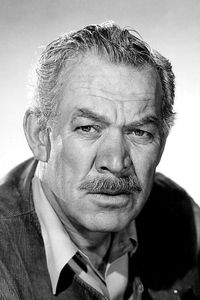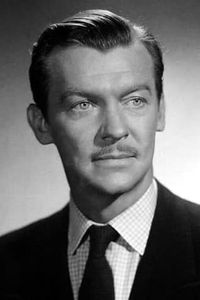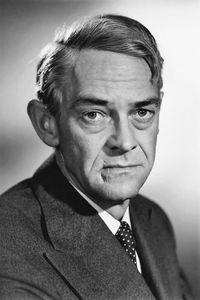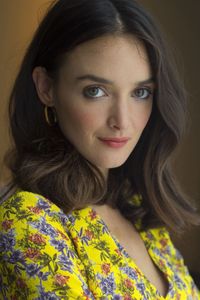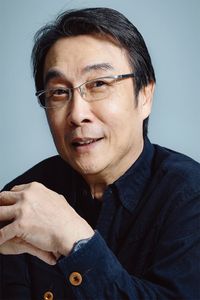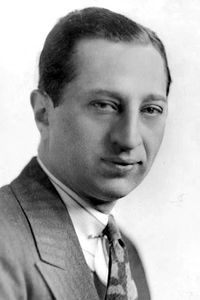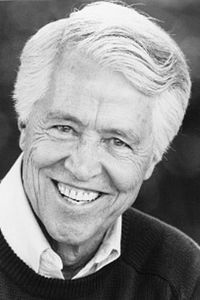Parvin Kheirbakhsh, a celebrated Iranian thespian, who would later become an iconic figure in the world of cinema, was born in the picturesque coastal city of Bandar-e Anzali, Iran.
As her career trajectory continued to unfold, Forouzan went on to participate in a multitude of prominent Iranian films, engaging in creative collaborations with esteemed directors such as Dariush Mehrjui and Ali Hatami, both of whom were deeply connected to the influential Mowj-e Now movement, a cultural phenomenon that had a profound impact on the Iranian film industry.
Her initial foray into the world of acting as a voice-over actress served as a springboard for her subsequent breakout role in Siamak Yasemi's 1964 film Sahele Entezar, a cinematic masterpiece that not only showcased her impressive range as an actress but also marked the beginning of her ascent to stardom.
This pivotal moment in her career was soon followed by her star-making turn in Ganje Qarun, another Yasemi-directed film that catapulted her to fame, cementing her status as a leading lady in Iranian cinema and solidifying her position as a household name.
Forouzan's on-screen chemistry with Fardin in Ganje Qarun played a pivotal role in solidifying their reputation as a cinematic power couple, paving the way for them to co-star in some of the most successful and highly-regarded films of their era, which would come to be collectively referred to as Persian Films or Film Farsi.
This popular and influential genre of movies was produced in Iran prior to the 1979 revolution, with a number of notable directors making significant contributions to the movement, including Siamak Yasemi, Iraj Ghaderi, Shapur Gharib, and Fereydun Goleh, to name a few.
As the years went by, Forouzan and Fardin continued to star together in a string of hit films, cementing their status as one of the most beloved and iconic on-screen couples in Iranian cinema, and leaving a lasting legacy that would be remembered for generations to come.
Their partnership on-screen was marked by a deep understanding and rapport, which allowed them to bring a level of depth and nuance to their performances that captivated audiences and helped to make their films some of the most successful of their time.
Forouzan and Fardin's body of work together is a testament to their enduring talent and chemistry, and their legacy continues to be celebrated and admired by fans of Iranian cinema to this day.
After the 1979 Iranian Revolution, Forouzan's acting career was suddenly and inexplicably brought to a grinding halt, as if a switch had been flipped, plunging her into a prolonged period of creative silence.
As the years went by, Forouzan became increasingly reclusive, shying away from the public eye and rarely, if ever, granting interviews to shed light on her thoughts, feelings, or experiences.
The world was left to speculate about the reasons behind her sudden disappearance from the spotlight, as the once-bright star of Iranian cinema faded into obscurity.
And then, on January 24, 2016, the news of Forouzan's passing spread like wildfire, leaving fans and admirers alike to mourn the loss of a talented actress who had left an indelible mark on the world of Persian cinema.
In the aftermath of her passing, the Persian-language internet and online forums came together to pay tribute to her memory, flooding the digital airwaves with heartfelt posts, articles, and tributes that served as a poignant reminder of her enduring popularity, a testament to the lasting impact she had on the hearts and minds of those who had been touched by her work.
Despite not having appeared in a new film since 1978, Forouzan's legacy lived on, a shining beacon of artistic excellence that continued to inspire and captivate audiences long after her departure from the stage.



